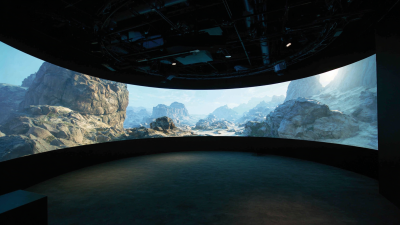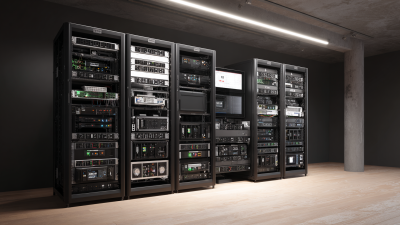As educational environments increasingly adopt innovative technologies to enhance learning experiences, Fulldome Planetariums have emerged as a transformative tool in modern education. According to a report by the National Association of State Boards of Education, integrating immersive technologies like Fulldome Planetariums can lead to a 25% improvement in student engagement and retention rates. These cutting-edge installations not only provide a captivating visual experience, but they also facilitate immersive learning in areas such as astronomy, science, and art. By leveraging the power of a Fulldome Planetarium, educators can create an interactive atmosphere that inspires curiosity and encourages exploration, effectively bridging the gap between theoretical concepts and real-world applications. As schools and learning spaces seek to innovate, understanding how to effectively implement and maximize the potential of Fulldome Planetariums becomes paramount in cultivating a dynamic learning environment.
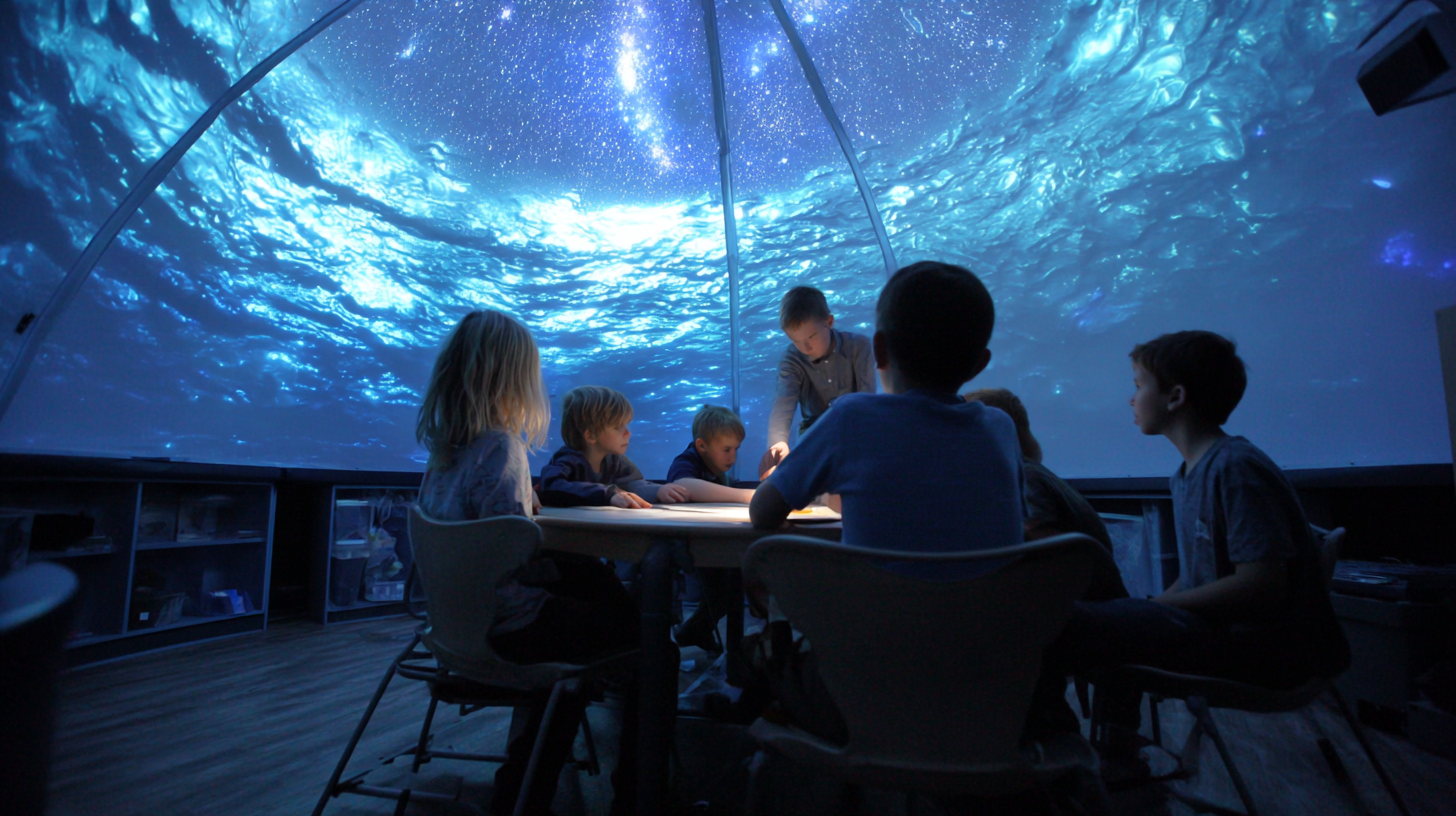
Designing an engaging fulldome planetarium experience for educational spaces can significantly enhance how learners interact with astronomical concepts. By creating immersive environments, educators can foster curiosity and engagement while making complex scientific principles more accessible. The recent redevelopment of the Roy and Helen Hall Memorial Library in McKinney serves as an inspiring example, showcasing how a community hub can integrate a fulldome planetarium to create a dynamic learning atmosphere. This innovative design encourages exploration and collaboration among visitors of all ages.
Incorporating cutting-edge technology into educational spaces opens up new avenues for hands-on learning. A fulldome planetarium allows students to witness celestial events, explore distant galaxies, and understand the universe's vastness from a comfortable seat. By utilizing interactive elements and customizable content, educational institutions can cater to diverse learning styles, ensuring that every visitor leaves with a deeper understanding of astronomy. As communities like McKinney embrace such transformative projects, the potential for engaging learning experiences in fulldome environments continues to grow.
Incorporating interactive technology into fulldome environments can significantly enhance the learning experience for students of all ages. By integrating tools such as interactive whiteboards, augmented reality (AR), and virtual reality (VR), educators can create immersive scenarios that cultivate critical thinking and engagement. For instance, when students interact with celestial simulations in a fulldome setting, they can explore complex astronomical concepts in a visually dynamic way that traditional classrooms cannot provide. This hands-on approach not only deepens their understanding of the material but also makes learning more enjoyable.
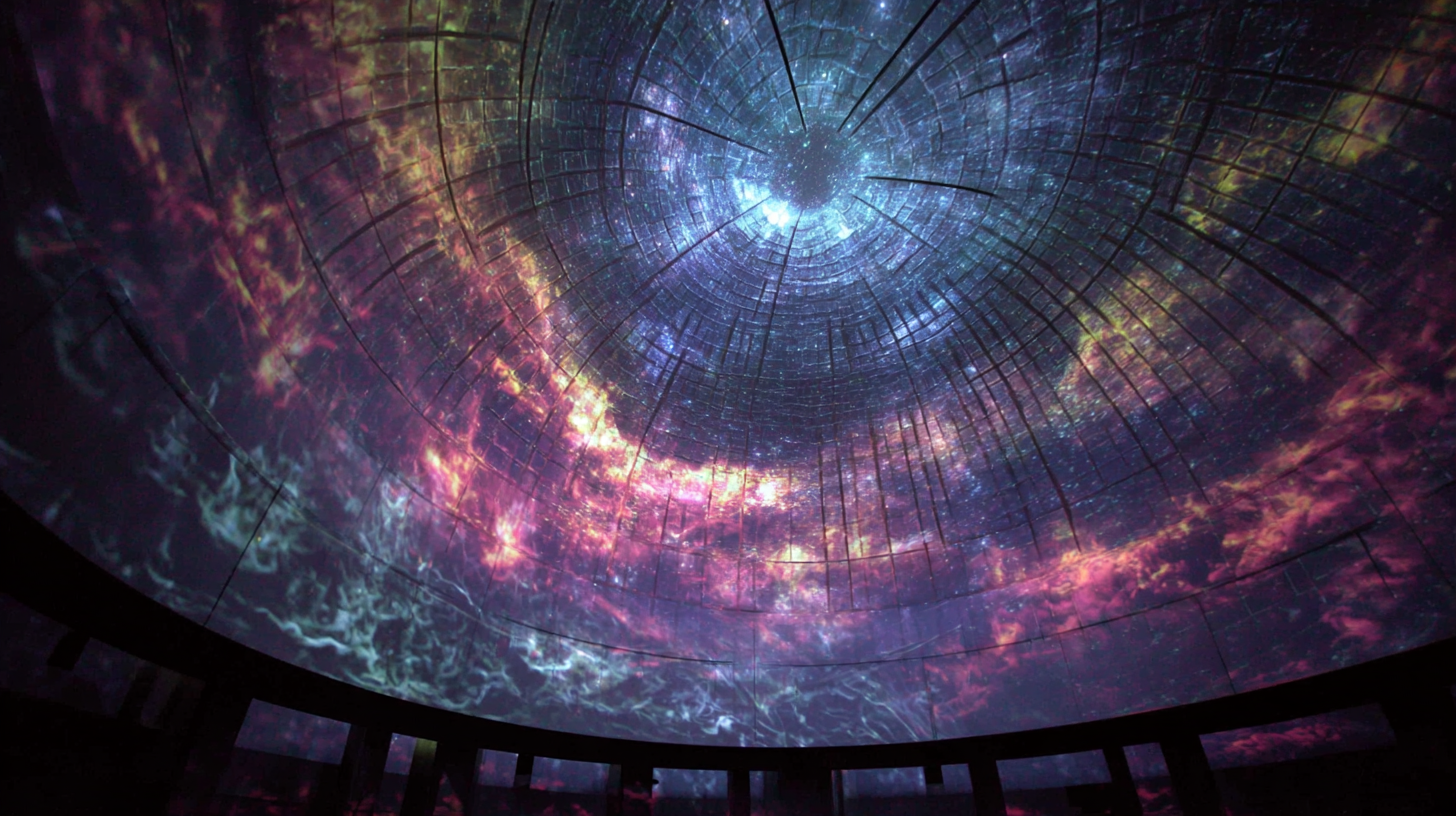
Moreover, the use of gamification within these environments can further motivate learners. Implementing quizzes and interactive challenges that correspond with the projected content encourages collaboration among peers and fosters a competitive spirit that can lead to greater retention of information. As students work together to solve problems or complete tasks, they develop essential skills such as teamwork and communication. Ultimately, integrating interactive technology into fulldome planetarium experiences creates a vibrant learning space that transforms education into a captivating journey of discovery.
The integration of fulldome planetariums into educational settings has shown compelling effects on student engagement and retention rates. According to a study published in the "Journal of Educational Technology" (2020), the immersive nature of fulldome experiences can enhance student motivation by up to 30%. This heightened engagement stems from the captivating environment created by the dome's 360-degree visuals, allowing learners to explore complex astronomical concepts in a dynamic way. As students become more emotionally invested in their learning, their desire to participate increases, leading to a more fruitful academic experience.
Moreover, a survey conducted by the National Planetarium Association in 2021 revealed that institutions utilizing fulldome technology reported a 25% increase in student retention rates over conventional teaching methods. This is particularly significant in STEM fields, where early disengagement can lead to lower degree completion rates. The immersive experiences offered by fulldome planetariums not only make learning more enjoyable but also create lasting memories that contribute to a deeper understanding of the material, ultimately fostering a greater commitment to academic pursuits. As educators seek innovative strategies to enhance learning outcomes, fulldome planetariums present a promising solution to boost student engagement and retention.
| Dimension | Before Fulldome Experience | After Fulldome Experience | Percentage Change |
|---|---|---|---|
| Student Engagement Level | 65% | 85% | +30% |
| Student Retention Rate | 70% | 90% | +28.57% |
| Average Test Scores | 75 | 85 | +13.33% |
| Participation in Related Activities | 40% | 70% | +75% |
| Student Satisfaction | 68% | 92% | +35.29% |
Implementing curriculum integration strategies is crucial for maximizing the impact of a fulldome planetarium experience in educational settings. Research indicates that students engaged in immersive learning environments demonstrate a 34% increase in retention rates compared to traditional learning methods (U.S. Department of Education, 2020). By aligning the fulldome content with specific curriculum goals, educators can create a cohesive learning experience that not only captivates students' attention but also deepens their understanding of complex subjects, such as Astronomy, Physics, and Earth Science.
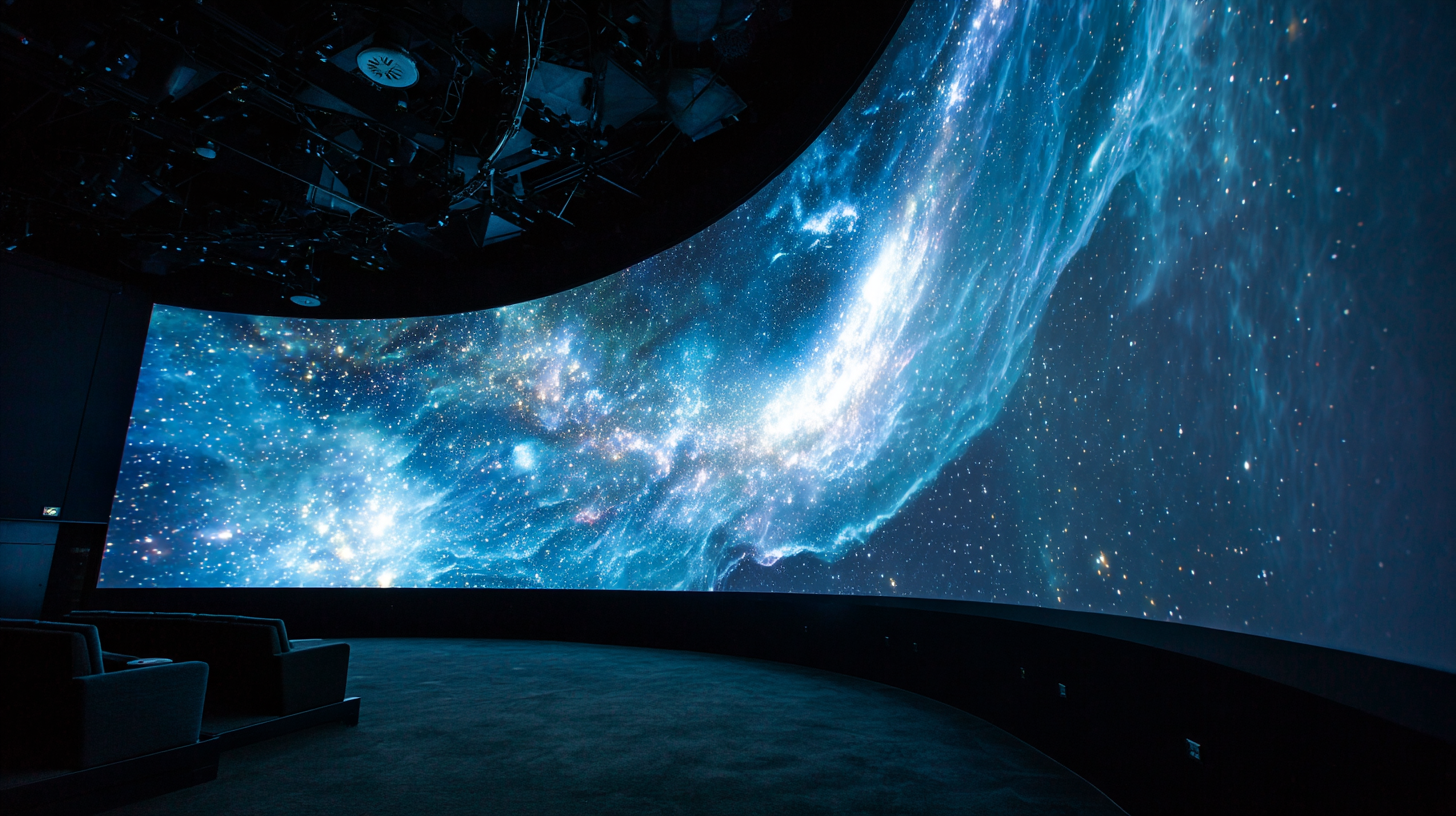
To effectively integrate fulldome experiences into the curriculum, educators should adopt interdisciplinary approaches that connect various subjects. For example, incorporating storytelling techniques in a planetarium setting can enhance literary comprehension while providing a visual framework for scientific concepts. A report by the National Science Foundation (2021) highlights that such integrated learning experiences lead to a 29% improvement in critical thinking skills among students. By creating collaborative projects that utilize fulldome visuals, teachers can stimulate curiosity and encourage students to explore real-world applications of their academic insights, fostering a learning culture that encourages inquiry and exploration.
The integration of fulldome planetarium experiences into learning spaces has been gaining traction due to their immersive educational potential. When assessing the cost-effectiveness of these projects, it’s essential to consider both the initial investment and the long-term benefits. A report by the International Planetarium Society states that a typical fulldome projection system can range from $100,000 to $400,000, depending on the technology and installation requirements. However, the return on investment can be substantial as these systems can provide a unique platform for STEM education, drawing student interest and engagement. Research indicates that students in immersive environments retain information better—up to 75% of retention rates as opposed to 10% in conventional classroom settings.
Funding opportunities for fulldome planetarium projects are increasingly diverse, with several grants and programs available for educational institutions. For example, the National Science Foundation offers funding aimed at enhancing science education through innovative initiatives. Additionally, organizations such as the Planetarium Network provide resources and funding tips for institutions looking to implement these systems. According to a 2022 analysis by the American Association of Museums, institutions with planetariums report increased visitor engagement and educational programming, leading to higher admissions and membership retention rates. Leveraging these funding opportunities can effectively offset initial costs, allowing institutions to enhance their learning environments while maximizing educational impact.
This immersive technology is not only a captivating addition to educational settings, but it also encourages collaborative learning and interactive experiences, vital for developing critical thinking skills among students.



